The 'System UI isn't responding' error appears when the user interface of your Android device stops working. This means your applications won't function as they should, and navigating to different screens and between apps may not be possible. The problem can occur due to various reasons, such as app glitches or using an outdated version of Android, and can be resolved in different ways.
Fix 1: Reboot your Android device
The simplest way to deal with the 'System UI isn't responding' error is to reboot your phone. This will turn off all features of the device and turn them on, which can get rid of the glitches that are causing the problem. To restart your phone,
- Press and hold the power button until the Power menu appears.
- Then tap on the 'Restart' button that appears. Wait until the phone reboots and then check whether the error still appears.
Fix 2: Clear launcher cache and System UI cache
Clearing the launcher cache will help you get rid of temporary cache files, which can help fix the 'System UI isn't responding' error.
- Open the Settings app and tap on 'Apps'.
- Then tap on the 'See all apps' option.


- Next, tap on 'Show system apps' to view all system apps.
- Now, navigate to the System Launcher or System Home Screen app and tap on it.
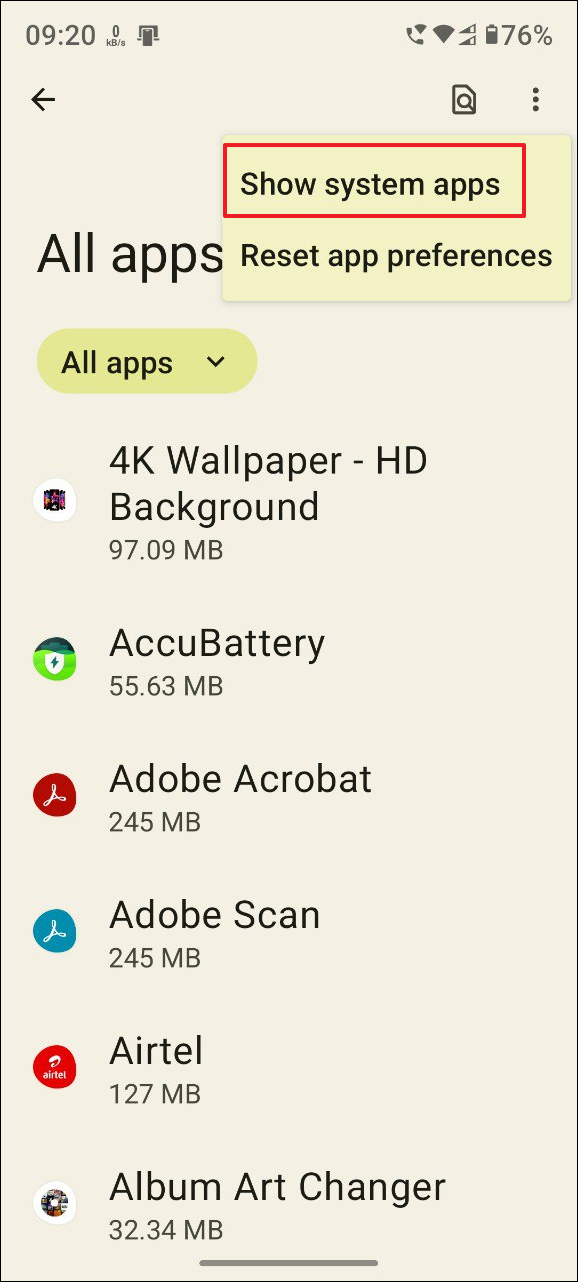
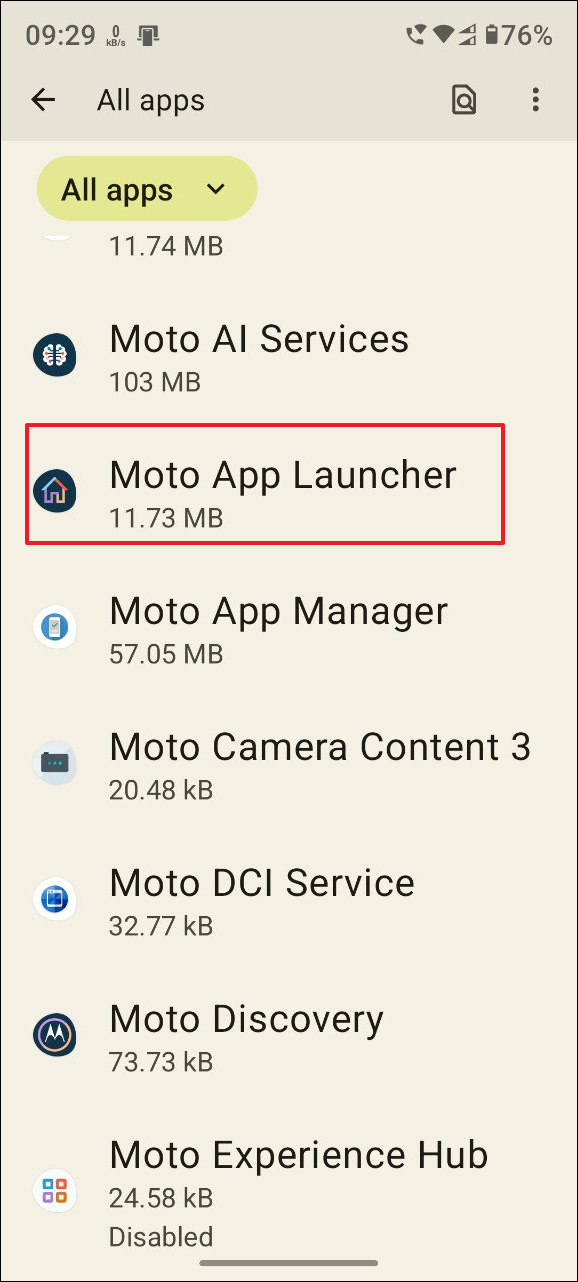
- On the next page, tap on 'Storage and Cache'.
- Finally, tap on 'Clear cache'.
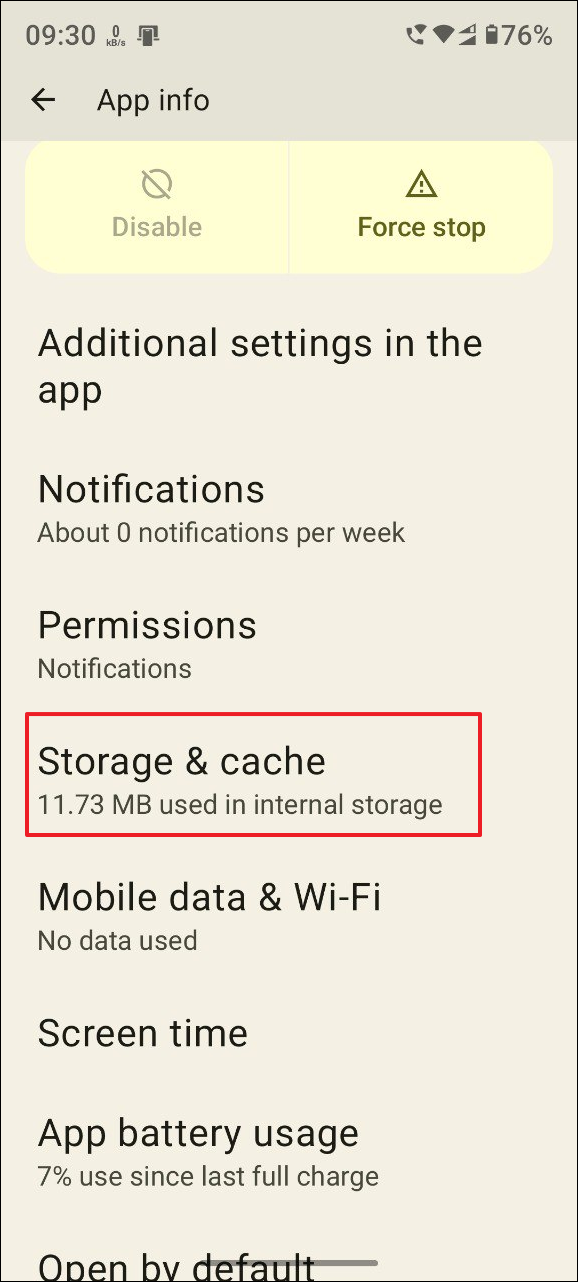
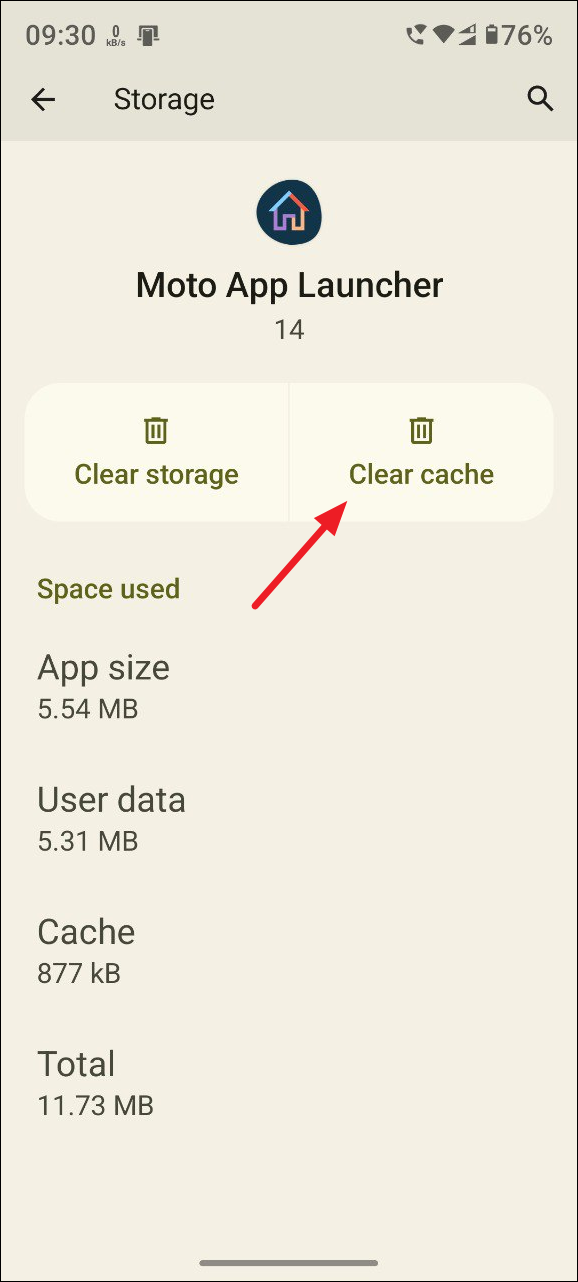
- Now, go back to the apps page and tap on 'System UI'.
- Again, tap on 'Storage and Cache' for the app.


- Lastly, tap on 'Clear cache' to clear the System UI cache.
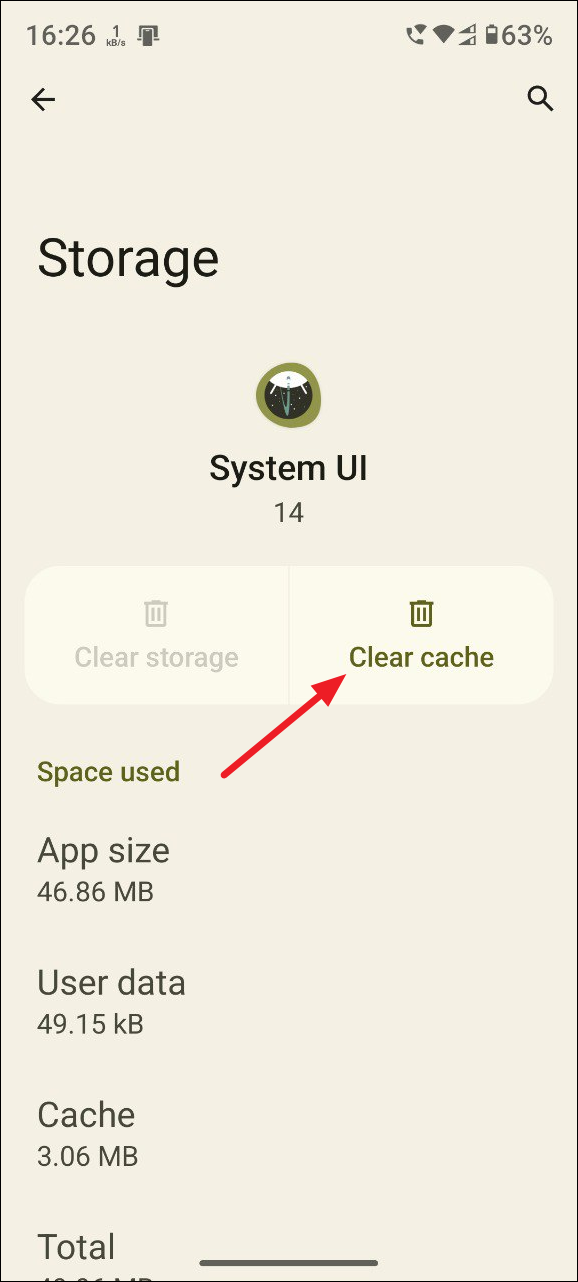
Fix 3: Reapply the default theme
If your device supports different Android themes and you have applied a different theme, consider reverting to the default theme to fix the System UI error. While the exact steps may vary depending on your device, broadly the process is as follows.
- Open the Settings app and tap on 'Themes'.
- On the Themes page, tap on 'My account' at the bottom right.


- Then, tap on the 'Themes' option again to see the themes you have available.
- Tap on any of the default themes available.
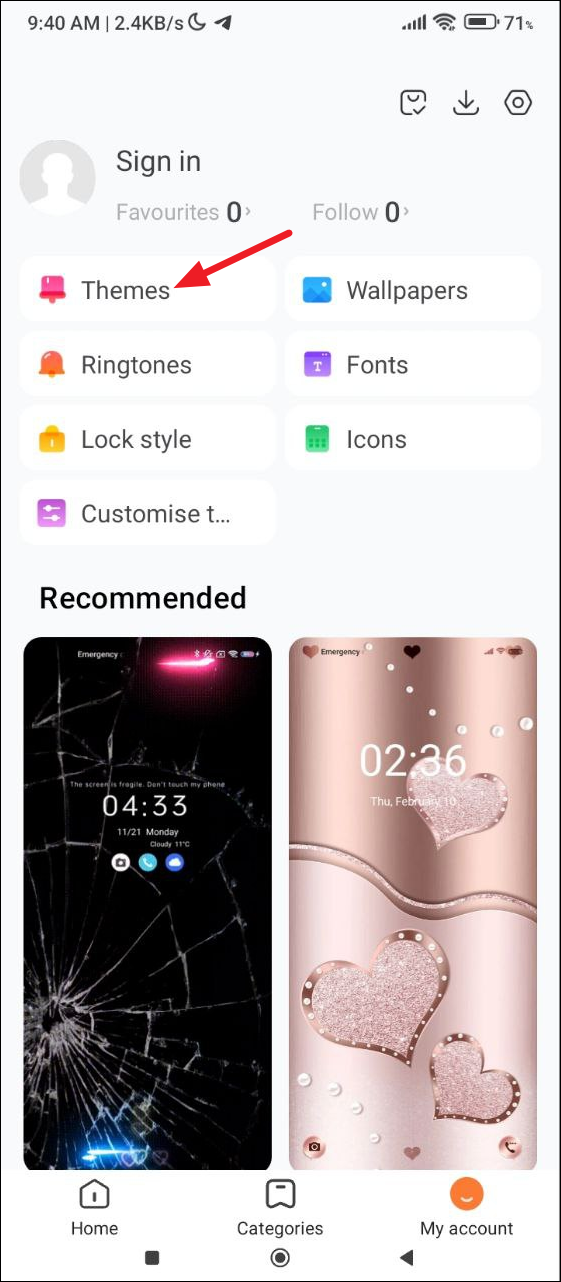

- Finally, tap on the 'Apply' button to switch to the default theme.
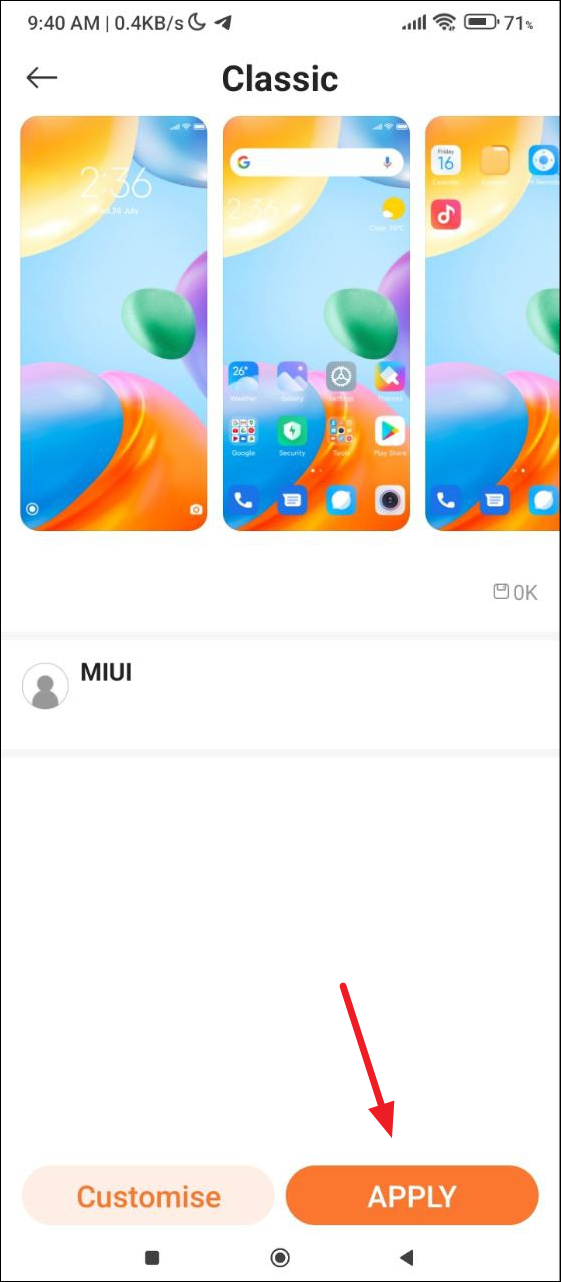
Fix 4: Reinstall the app
If you're getting the 'System UI isn't responding' error when opening a specific application, the problem may lie with the app itself. It may have technical issues or may have been corrupted, and removing it and reinstalling it may sort out the problem.
- Tap and hold the app you want to remove and you will see a few options, which can vary depending on your device. Tap on the 'Uninstall' option.
- Once the app is removed, open the Google Play Store and download the app again. Log in back again and check whether the error appears again.

Fix 5: Remove updates from the Google app
The Google app manages various functions on Android, including features like Google Assistant and home screen widgets. If faulty app updates are installed, it can result in the 'System UI isn't responding' error. To fix this, try rolling back the updates.
- Open the Play Store and search for the Google app. Tap on it when it appears.
- Then tap on the three dots in the top right before tapping on 'Uninstall Updates'.
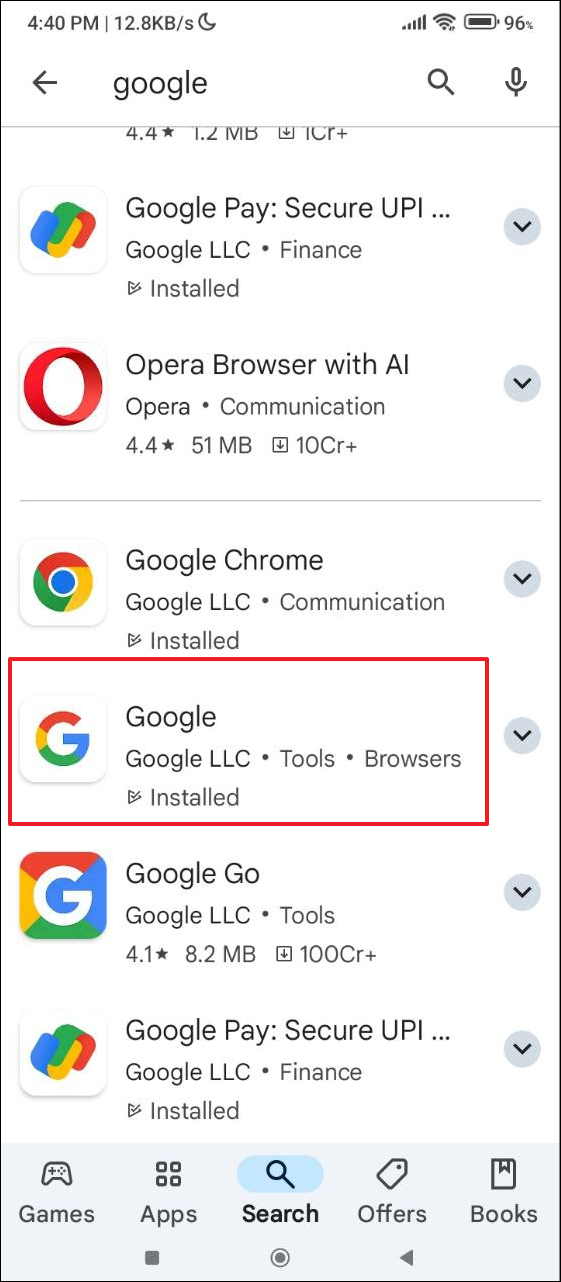
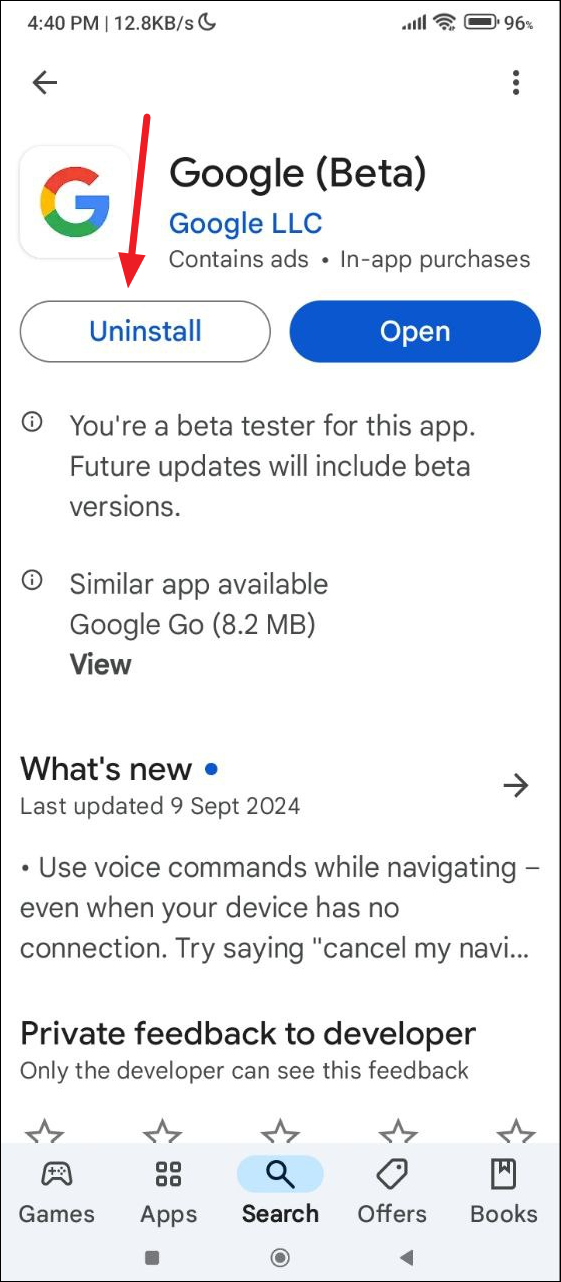
- After removing the app updates, restart your phone.
Fix 6: Reset app preferences
Another reason the 'System UI isn't responding' error can appear when opening a certain file type is that the default app that opens it is corrupted. Resetting app preferences to their default settings can help fix the problem.
- Open the Settings app and then tap 'Apps'.
- Then tap on 'Default Apps'.
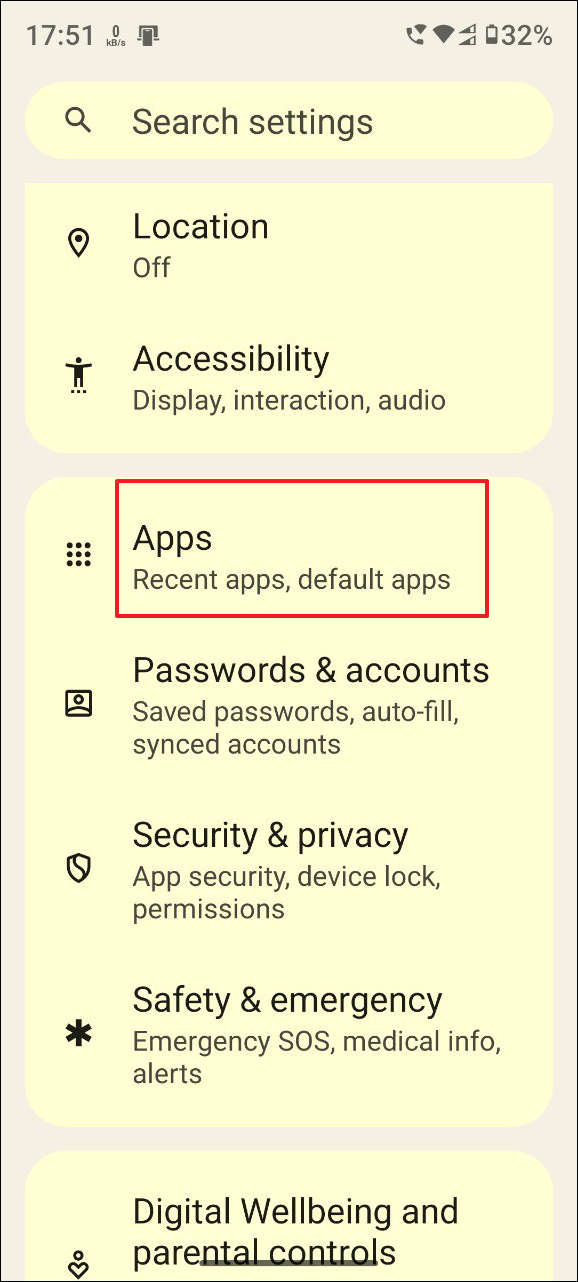

- You will see all the default apps here. Tap on each app and set the stock app as the default app. After that, reboot your device and try to open the file.

Fix 7: Turn off the media player
On Android 11 and later, you can use the quick settings to control media playback but the feature can sometimes cause the UI to crash. You can disable it to prevent this error.
- Open the Settings app and tap on 'Sound and Vibration'.
- On the Sound and Vibration page, scroll down and tap on 'Media'.
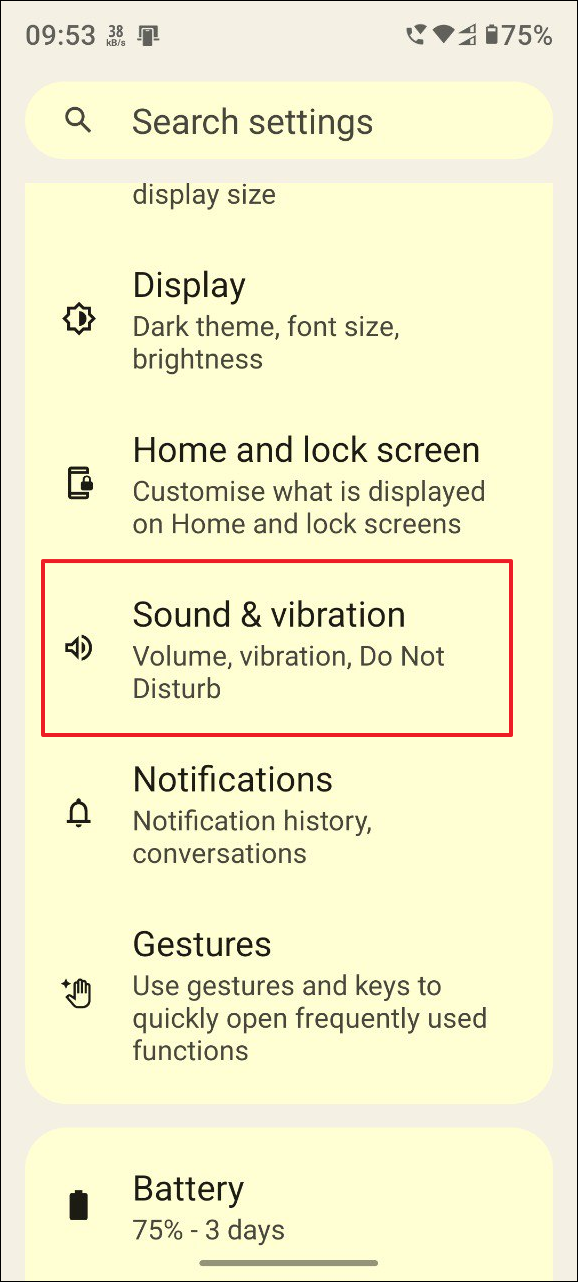
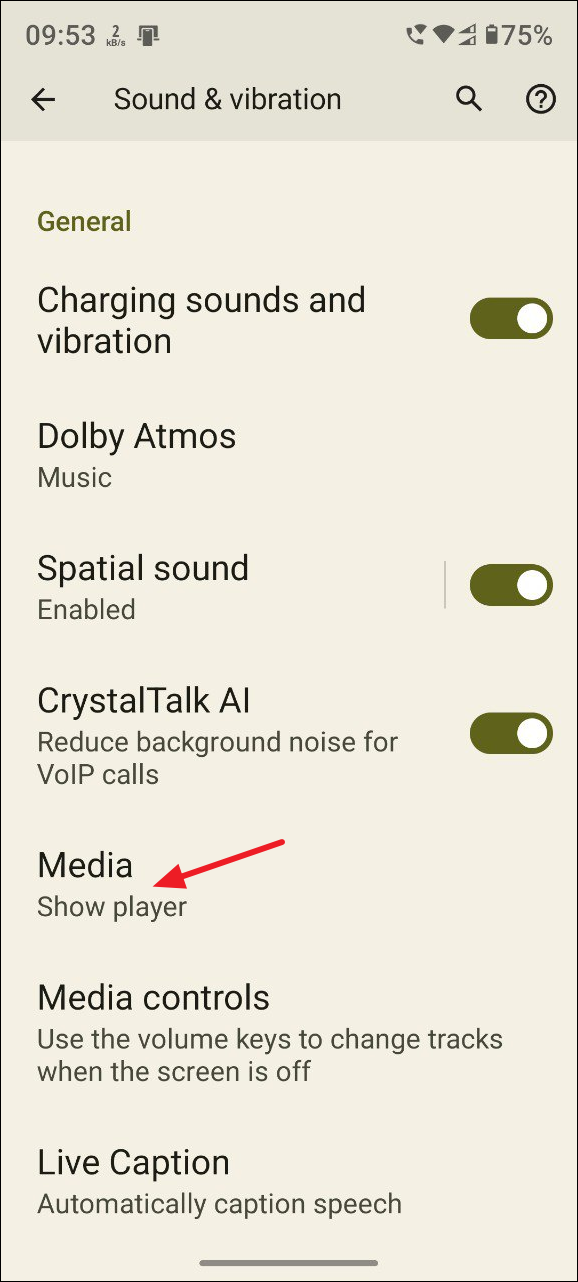
- Disable the 'Pin media player' and 'Show media recommendations' options by tapping on their toggles and then reboot your phone.

Fix 8: Update your Android version
If your phone is running an outdated Android version, you may see various error messages when trying to perform various tasks. You should check whether an update is available and install the latest version available.
- Open the Settings app and then tap on 'About Phone' or 'Software Update' depending on how it appears on your device.
- Then tap on the 'Android version' option. Again, this may appear differently on devices from different manufacturers.
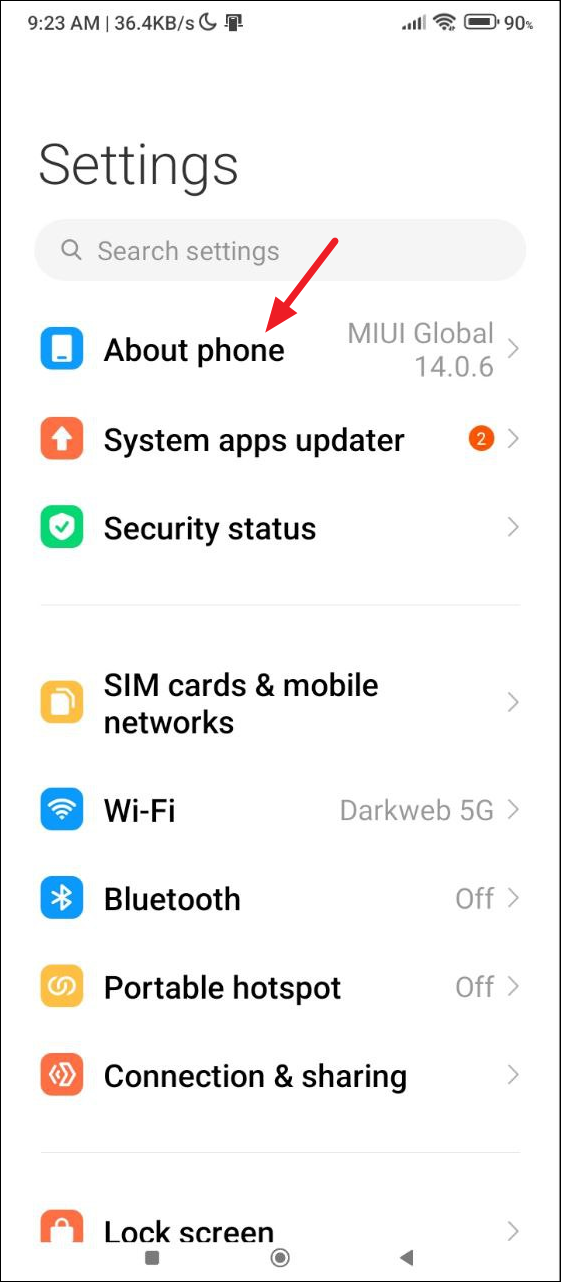

- Finally, tap on the 'Check for updates' button. If updates are available, your phone should start downloading them. Once they are downloaded and installed, restart your phone.

Fix 9: Update installed apps
Newer versions of Android apps are released by developers to fix bugs and add new features, and you can update installed apps from the Google Play Store.
- Open the Play Store and find the app you want to update.
- If an update is available, you will see the update button. Tap on it to update the app.
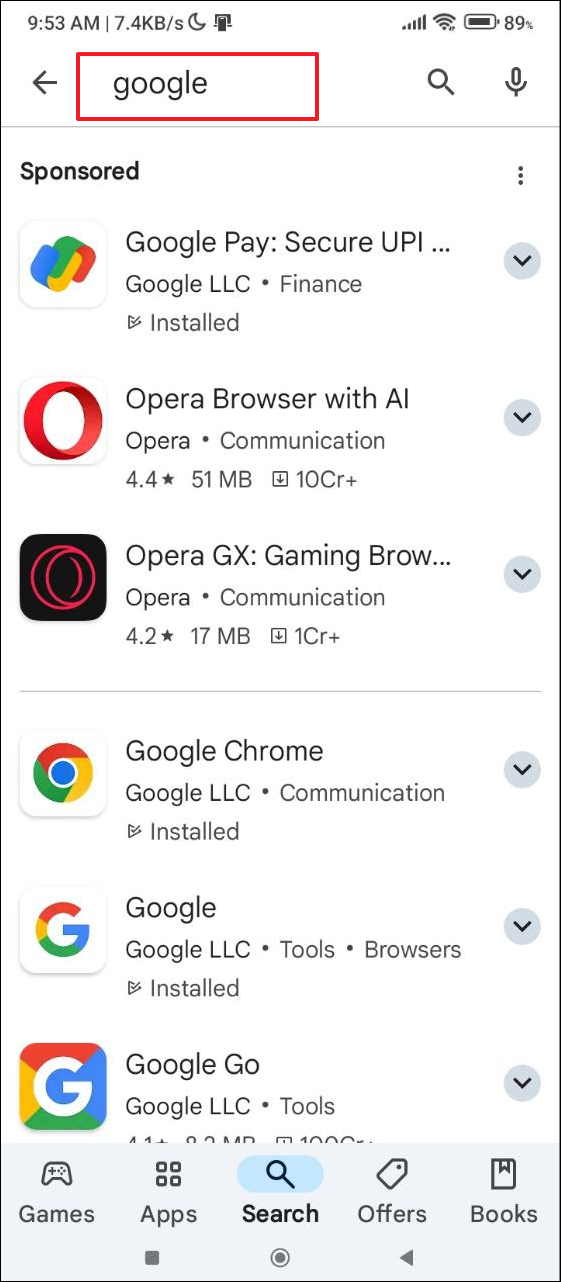
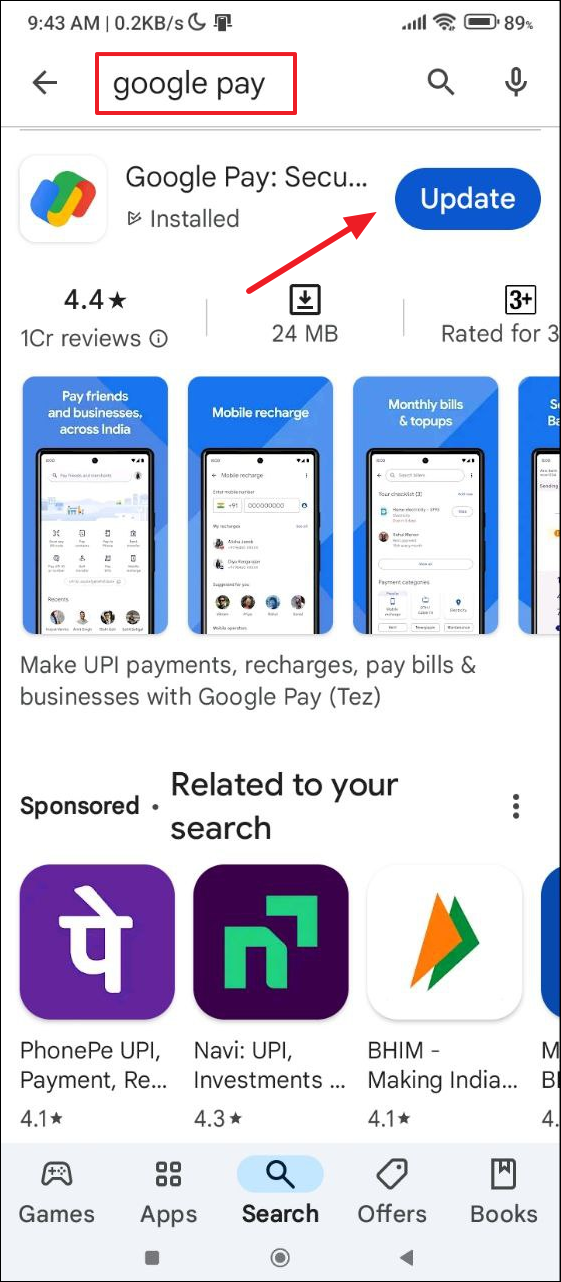
- Alternatively, to update multiple apps, tap on your profile picture at the top right after opening the Google Play Store.
- Then tap on 'Manage apps and device'.
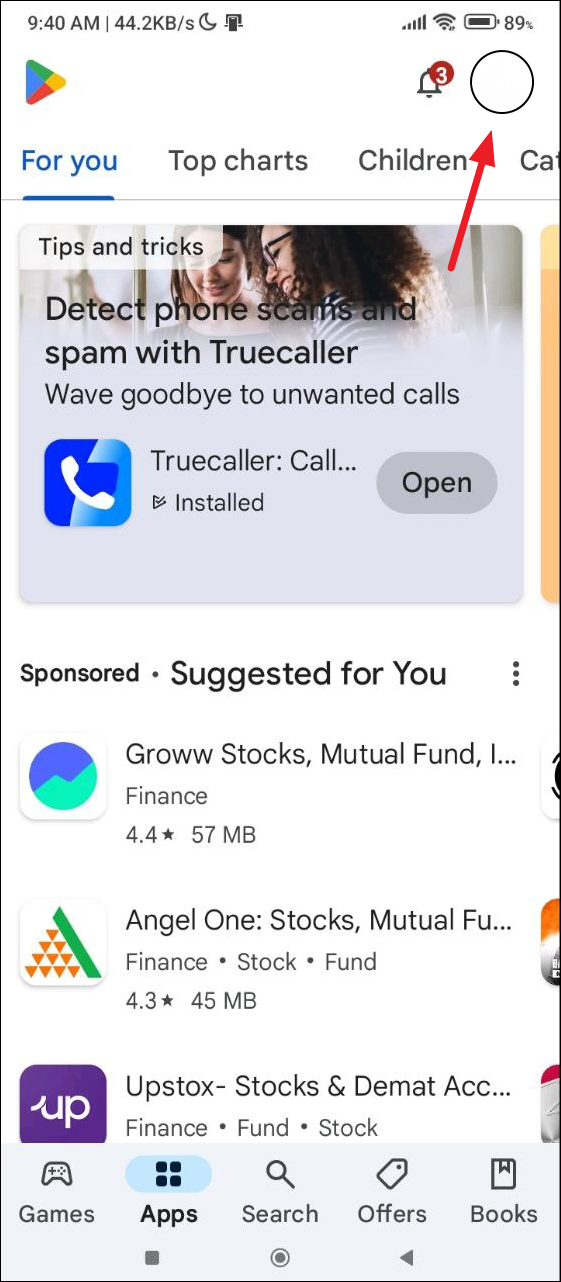
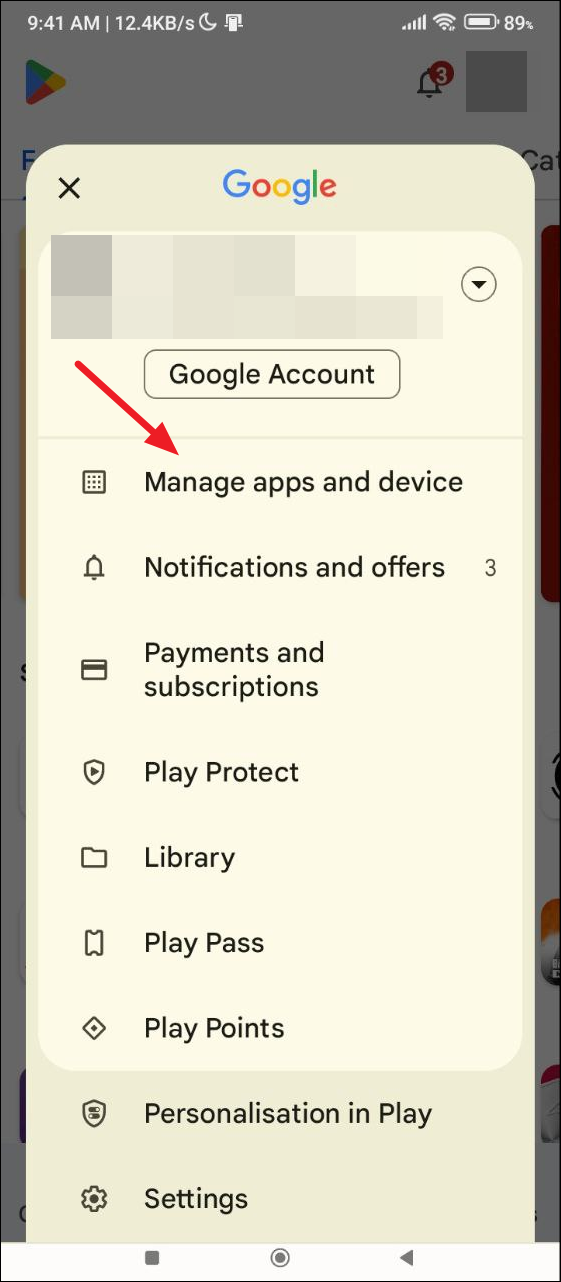
- You will see all the apps for which updates are available. Tap on the app you want to update.
- Tap on the 'Update' button to update the app.
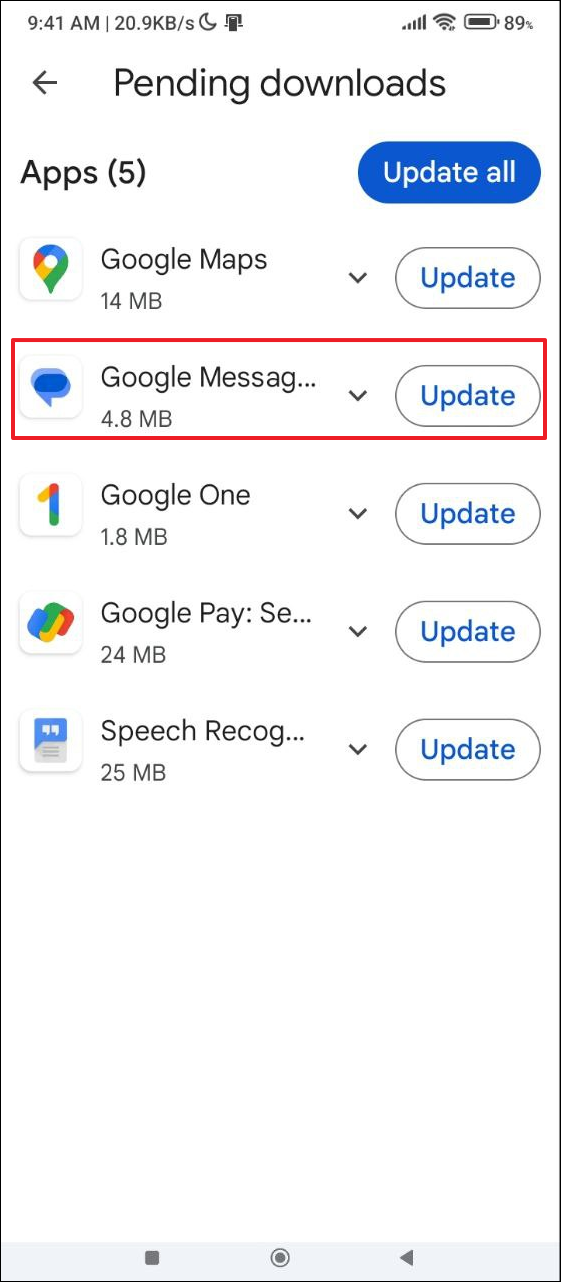
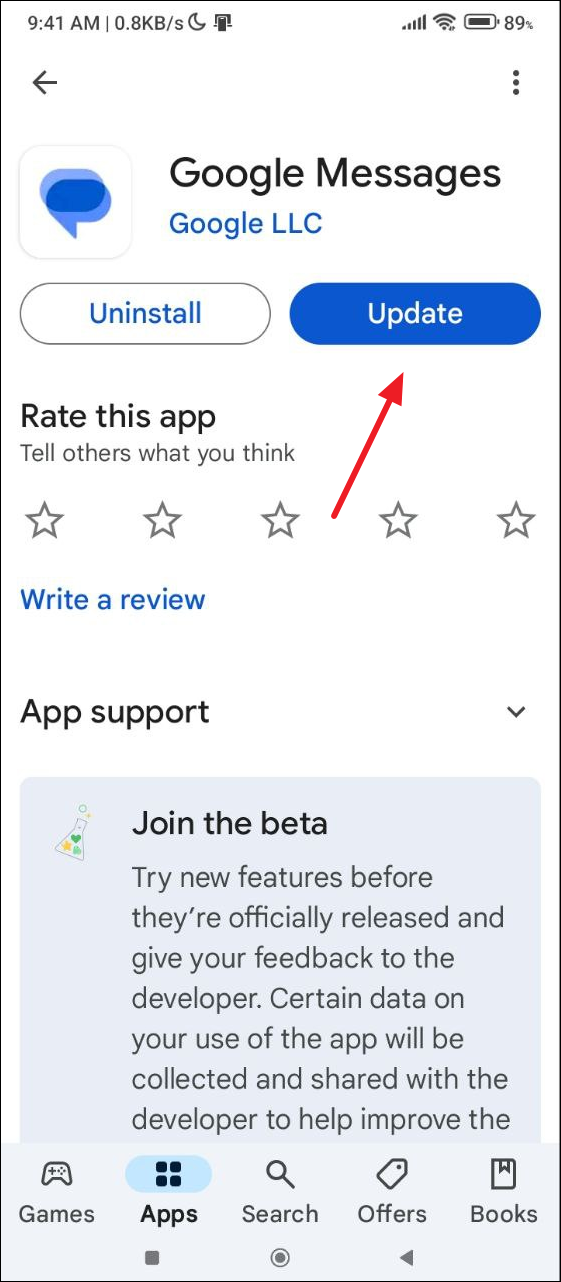
- To update multiple apps simultaneously, tap on the 'Update all' button.
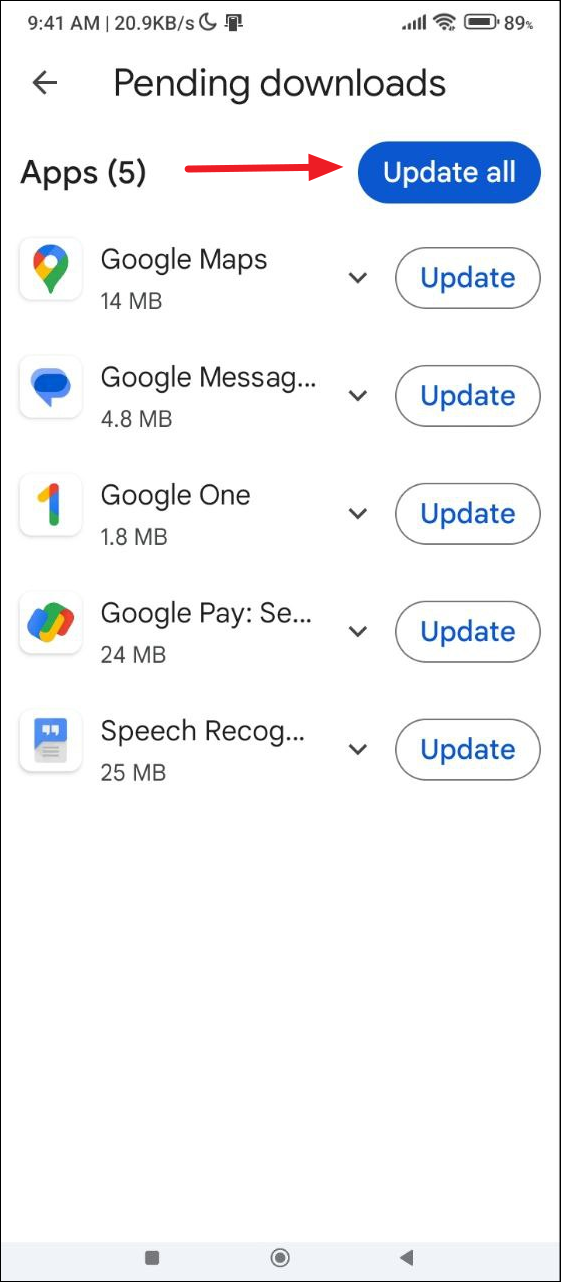
Fix 10: Remove Home Screen widgets
Faulty home screen widgets can also result in the 'System UI isn't responding' error. Android automatically loads widgets when you turn on your device, and if there is a problem with a widget, it can cause problems. Tap and hold the widget you want to remove and then drag it to the 'Remove' icon. You can remove all the widgets you think are causing the error and then check your device to see if it is running properly.
Fix 11: Reset your Android device
If nothing else works, you may have to reset your phone to the factory settings. This will remove all your apps, data, and settings and you will have to set up the device from scratch. So, make sure to create a backup before resetting your device.
- Open the Settings app and look for a 'Phone reset' option. It may be present in 'Additional settings' or something similar.
- Tap on 'Factory reset'.


- Finally, tap on 'Erase all data'. You will have to enter your phone PIN before the phone starts resetting itself.
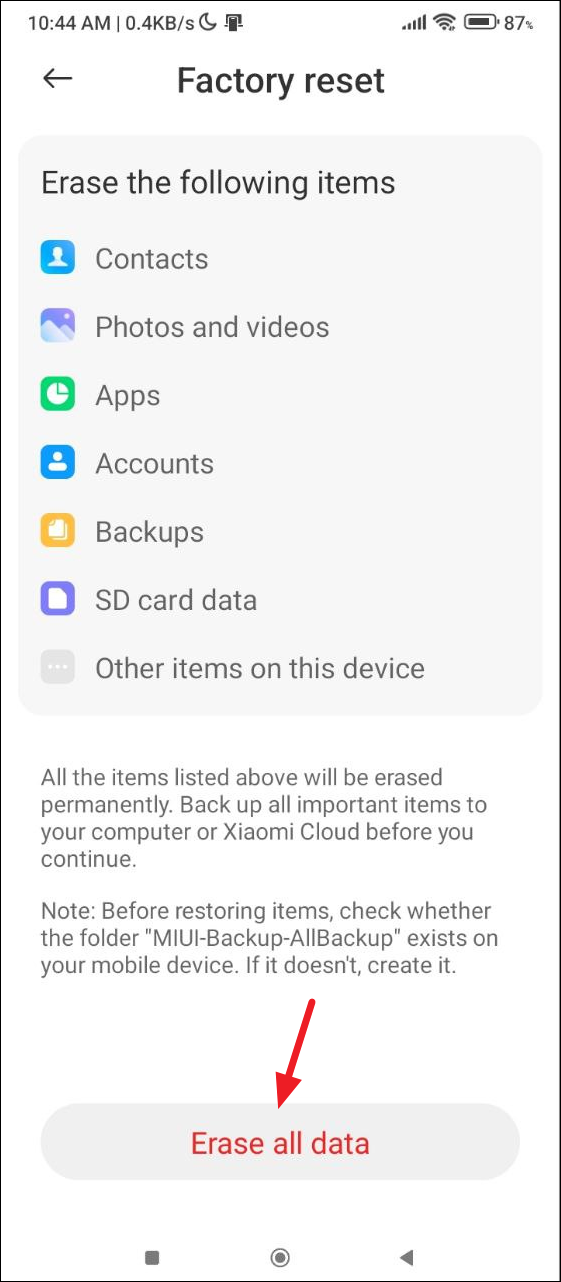
- Once your phone is reset, you can set it up using your Google account and hopefully, you won't run into any issues again.
Things to know
- As far as possible, you should stick to downloading apps from the Google Play Store only. Sideloading APKs from other sources can expose your device to various threats resulting in various issues.
- If you're using a device running Android 12, you can boot it into Safe Mode, which disables all third-party applications. If the error does not appear, a third-party app is causing the error and you can remove it from your device.
- Low RAM is one of the most common reasons for problems like the UI on your device freezing and crashing. If your device does not have enough RAM, avoid using multiple apps at the same time and close heavy apps so they don't remain active in the background.
- If you're using a third-party launcher, consider removing it and switching to the default launcher, which can also help solve several problems.
- If your device is old, you should also check things like the storage and see that it is not full, which can also make it difficult to use the device.


